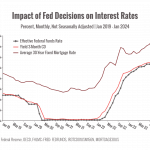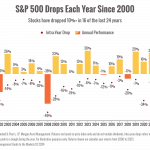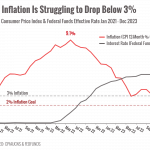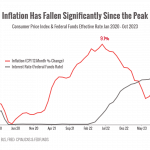Leveraged and Inverse ETFs — Most Investors Should Avoid Them
 Leveraged and inverse ETFs are difficult to understand and are not a good fit for long-term investors.
Leveraged and inverse ETFs are difficult to understand and are not a good fit for long-term investors.
Exchange-traded funds (ETFs) trade daily on exchanges like stocks. Leveraged versions use complex futures and derivatives to amplify the daily returns of an index, often times trying to double or triple the return. Inverse ETFs strive to return the opposite of the index.
When ETFs are held for longer than a day, the effects of compounding can produce results that vary significantly from the one-day outcome. This makes leveraged and inverse ETFs unpredictable and risky to hold for longer periods.
Citi, Morgan Stanley, UBS and Wells Fargo are paying $9.1M to settle allegations on leveraged ETFs. These banks were fined $7.3 million and they agreed to pay $1.8 million in restitution to some customers who were sold leveraged and inverse ETFs. Industry regulators allege the banks sold billions of dollars of these volatile investments without properly assessing their risks and whether they were suitable for retail customers. (“Retail” customers are individual investors versus “institutional” investors like pensions and hedge funds).
The Financial Industry Regulatory Authority (FINRA) and the Security & Exchange Commission (SEC) have previously warned the investing public about the risks of leveraged and inverse ETFs, particularly for those investing for the long term.







